High-net-worth investors want to deploy more capital to alternative asset classes, while they also desire a greater variety of alternative investment products as well, believing that adding alternatives to their portfolios can drive stronger long-term outcomes, data from Brookfield Oaktree Wealth Solutions suggests.
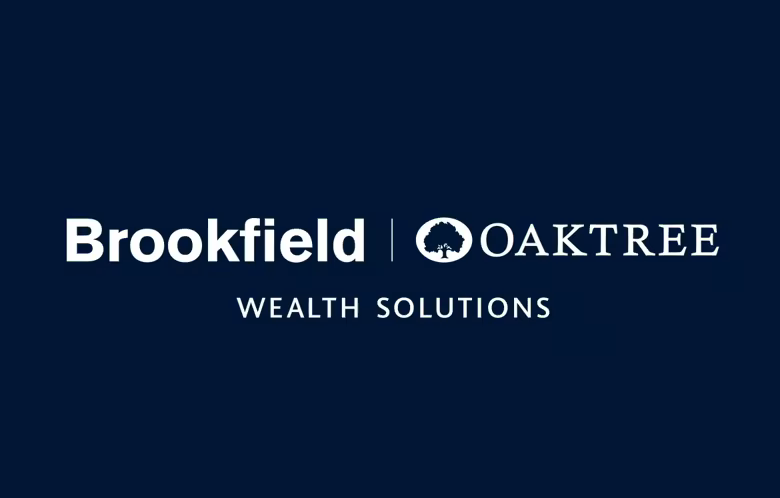 Owned by investment giants Brookfield Asset Management Ltd. and Oaktree Capital, with Brookfield having a majority interest in Oaktree since 2019, Brookfield Oaktree Wealth Solutions is focused on delivering institutional-caliber alternative solutions and recently surveyed high-net-worth investors to find out what their goals are in investing into alternative asset classes.
Owned by investment giants Brookfield Asset Management Ltd. and Oaktree Capital, with Brookfield having a majority interest in Oaktree since 2019, Brookfield Oaktree Wealth Solutions is focused on delivering institutional-caliber alternative solutions and recently surveyed high-net-worth investors to find out what their goals are in investing into alternative asset classes.
While not mentioning insurance-linked securities (ILS), the appetite of high-net-worth individuals and families to access alternative asset classes is something the ILS sector is increasingly aware of and becoming a focus for some.
At Artemis, we’ve seen increasing numbers of family offices signing up for our services and attending our conferences over the last year, with the appetite for education about catastrophe bonds and ILS the highest we’ve ever seen.
For the survey, Brookfield Oakfield Wealth Solutions surveyed high-net-worth (HNW) investors in the U.S. and Canada that had at least US $2.5 million in household investable assets, as well as financial advisors that had an average of US $633 million in practice assets under management.
One key finding was that, for those that have discovered alternative asset classes the desire to deploy more capital to them is great. Some 88% of investors with an alternatives allocation want to find more opportunities for diversification and alternative sources of return.
While 78% of those investing in alternatives already want to invest in a broader range of instruments than they have already allocated to.
Conviction is high as well, with 81% of alternatives investors surveyed saying they believe these allocations can drive stronger results for their portfolios.
In fact, more than half of the investors surveyed that already allocate something to an alternatives strategy said they would be comfortable with over 20% of their assets being in alternatives, if an advisor recommended it.
That dramatically underscores the growing profile of alternative investments, as well as the opportunity the cat bond and ILS market has to increase awareness around its offerings and the benefits of them for investors.
Of those investors surveyed that have not yet taken their first steps into alternatives, the Brookfield Oaktree survey found that 72% would begin investing in alternatives if they had a better understanding of the available options, while 70% said they would begin if their financial advisor recommended it.
With financial advisors themselves, almost 72% expect alternatives to be a meaningful driver for their own businesses, thanks to the growing investor appetite for them.
Some 85% said alternative investments have enhanced their client conversations about portfolio construction, while 86% also noted that as individual investor access to alternative investments increases, they expect it will drive more reliance on professional advice.
Financial advisors are therefore motivated to understand the various alternative asset classes more, a trend being seen in the United States were registered investment advisors (RIAs) are increasingly becoming educated on the catastrophe bond and ILS asset class.
John Sweeney, Chief Executive Officer of Brookfield Oaktree Wealth Solutions, commented on the findings, “Demand for alternative investment products among high-net-worth investors is growing exponentially, and our proprietary research highlights how deeply investors want their advisors to lead the way. This underscores just how vital having access to alternatives can be for advisors looking to retain and grow their client relationships.
“By developing and leveraging their alternatives expertise, advisors can differentiate their practice in the market, recruit new prospects, and deliver significant value by helping their clients maximize the opportunities ahead. We look forward to supporting advisors with partnership and practice management as they continue to navigate the alternatives landscape.”
In our conversations with investors and asset managers in Europe and Asia a similar trend is being seen, of increasing appetite for access to a wide-range of alternative asset classes among high-net-worth individual and family office investors.
These investors can already access catastrophe bonds in the US through mutual 40’s Act registered funds and in Europe through UCITS fund strategies. However options are not as widely available elsewhere in the world.
There is still a desire to avoid retail money in the ILS asset class, feeling cat bonds and ILS are better-suited to high-net, qualified investors, and those coming via registered advisors of some kind.
But, for the catastrophe bond and ILS asset class, the growth of private, family and high-net wealth and their increasing appetites for alternatives is an opportunity and we suspect one that may become an increasing focus in years to come, as both investors and advisors get a better appreciation for the benefits of the ILS asset class.

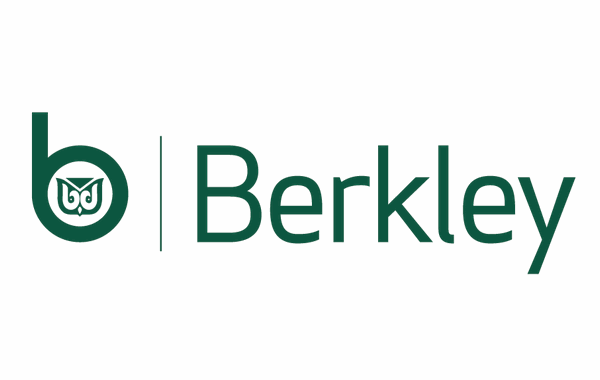


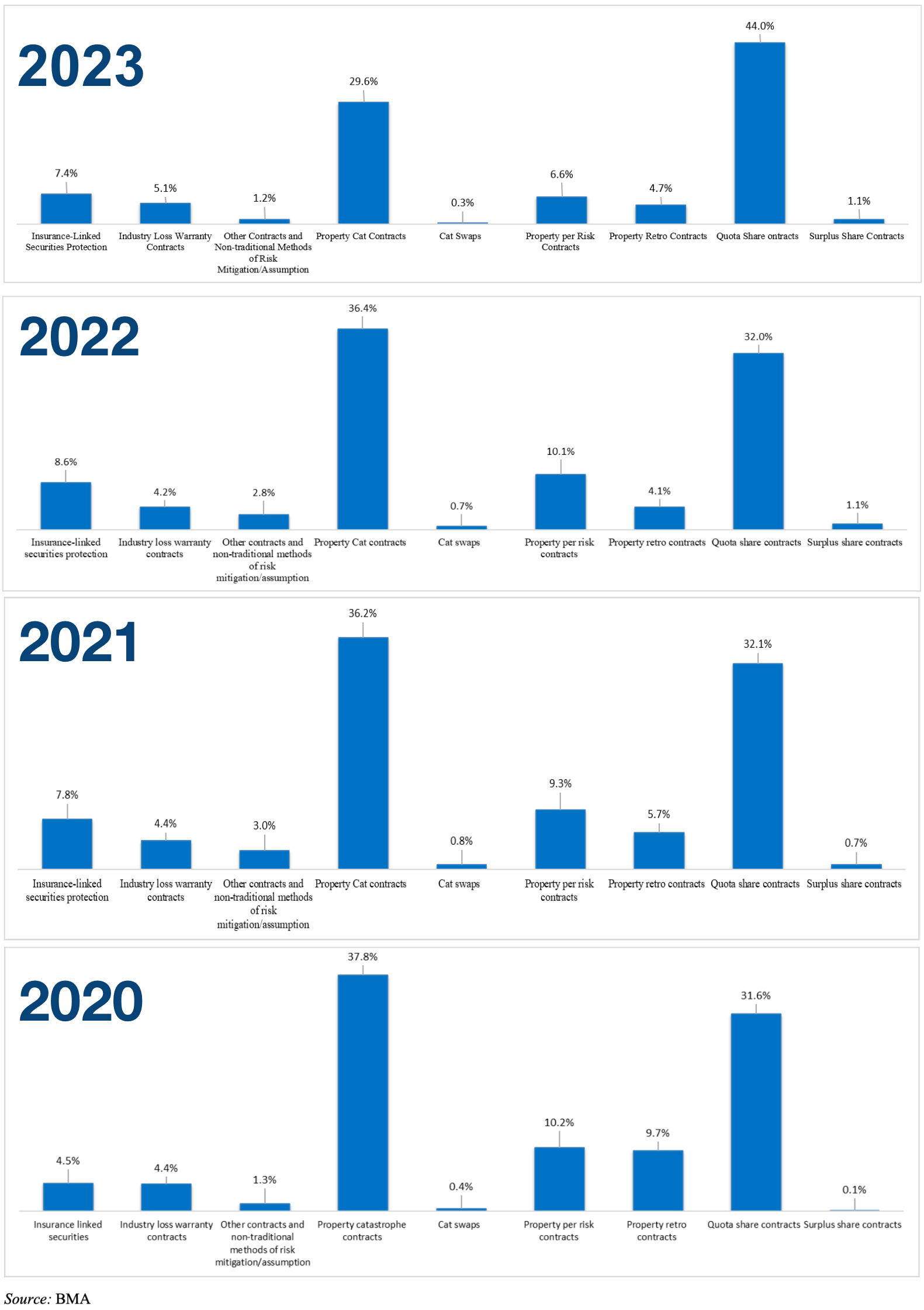
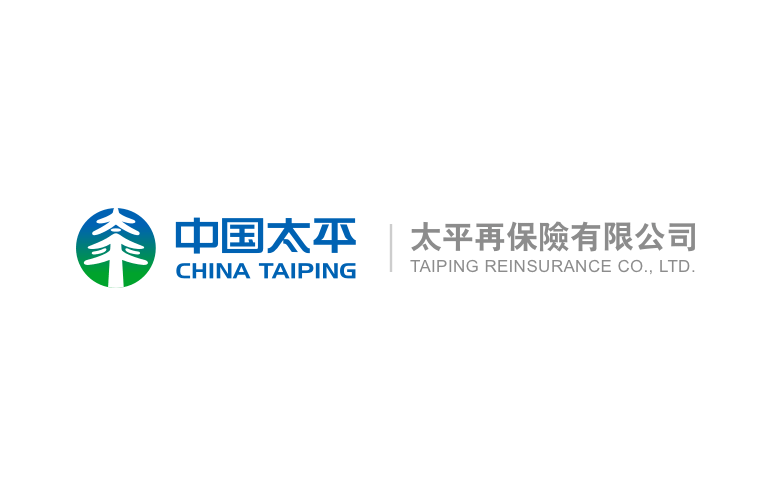
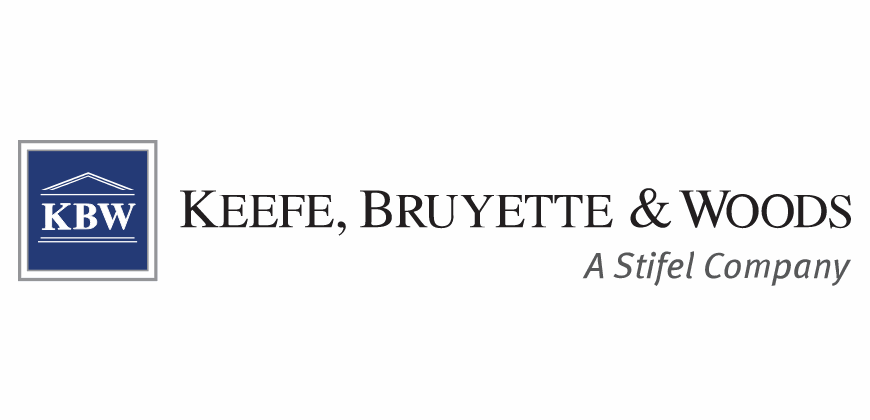
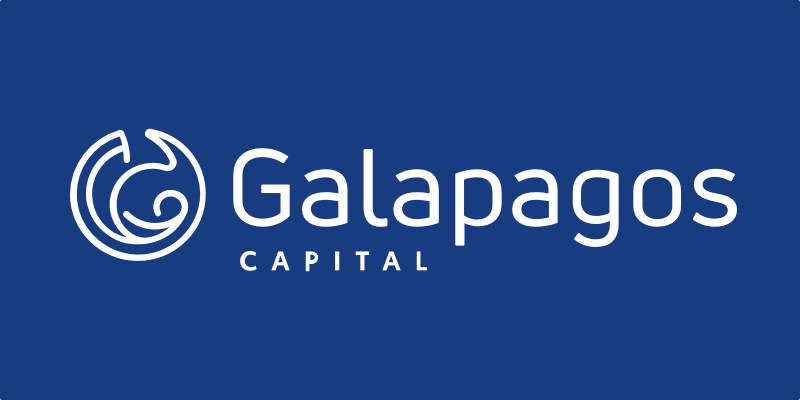
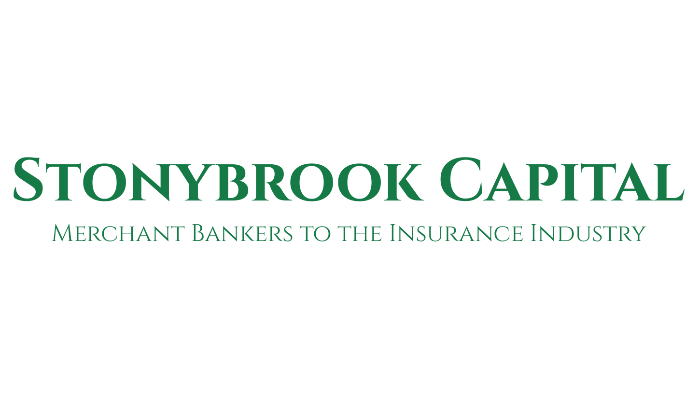
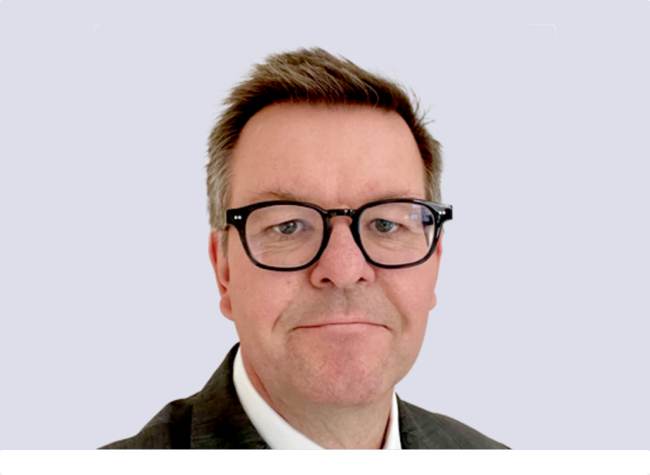









 English (US) ·
English (US) ·